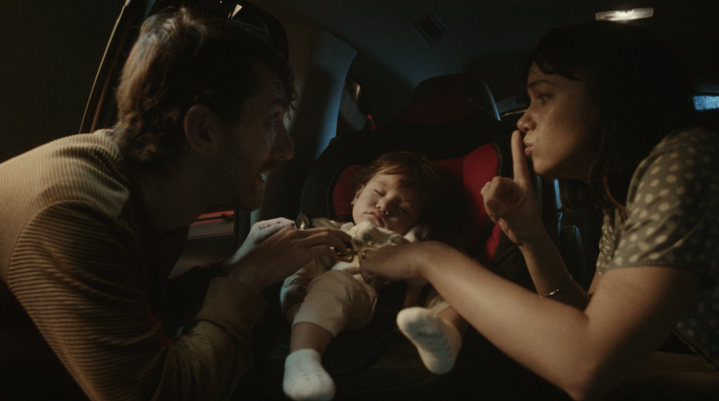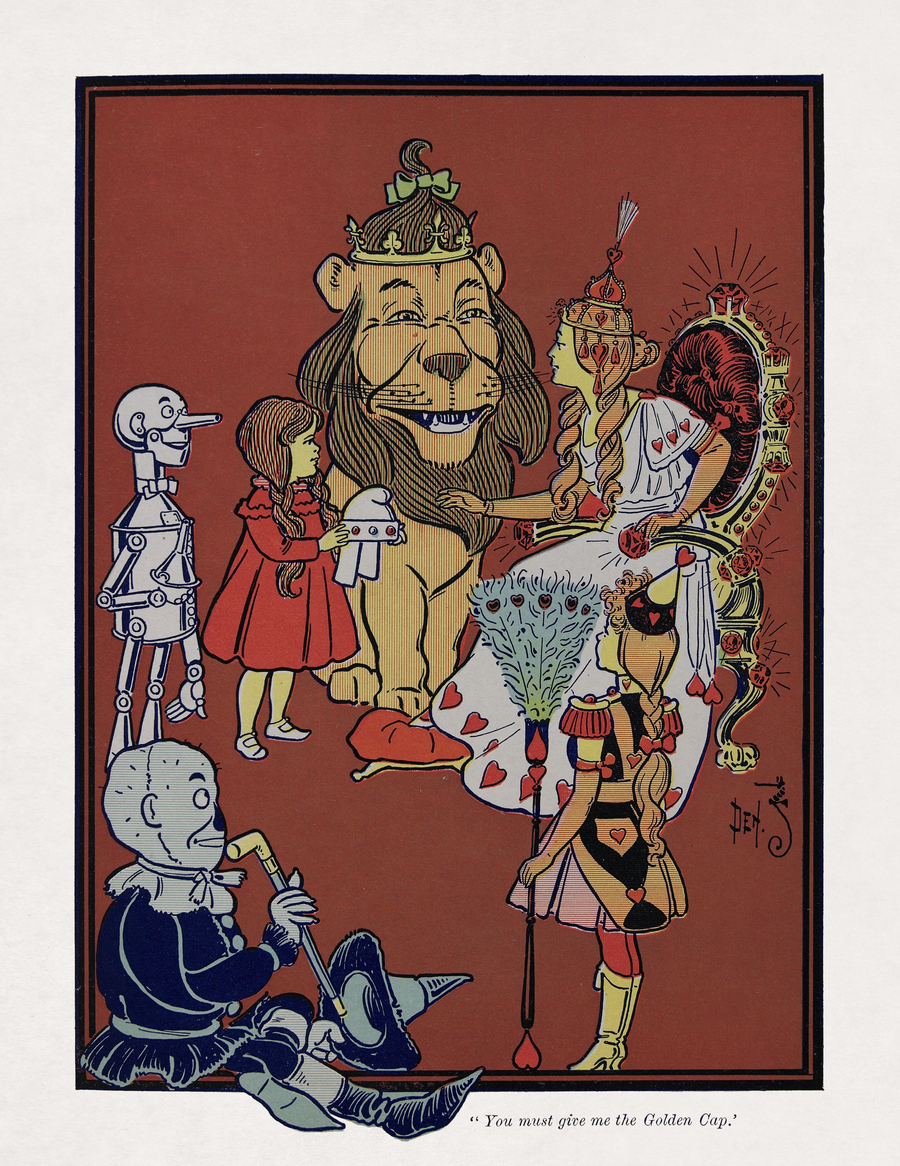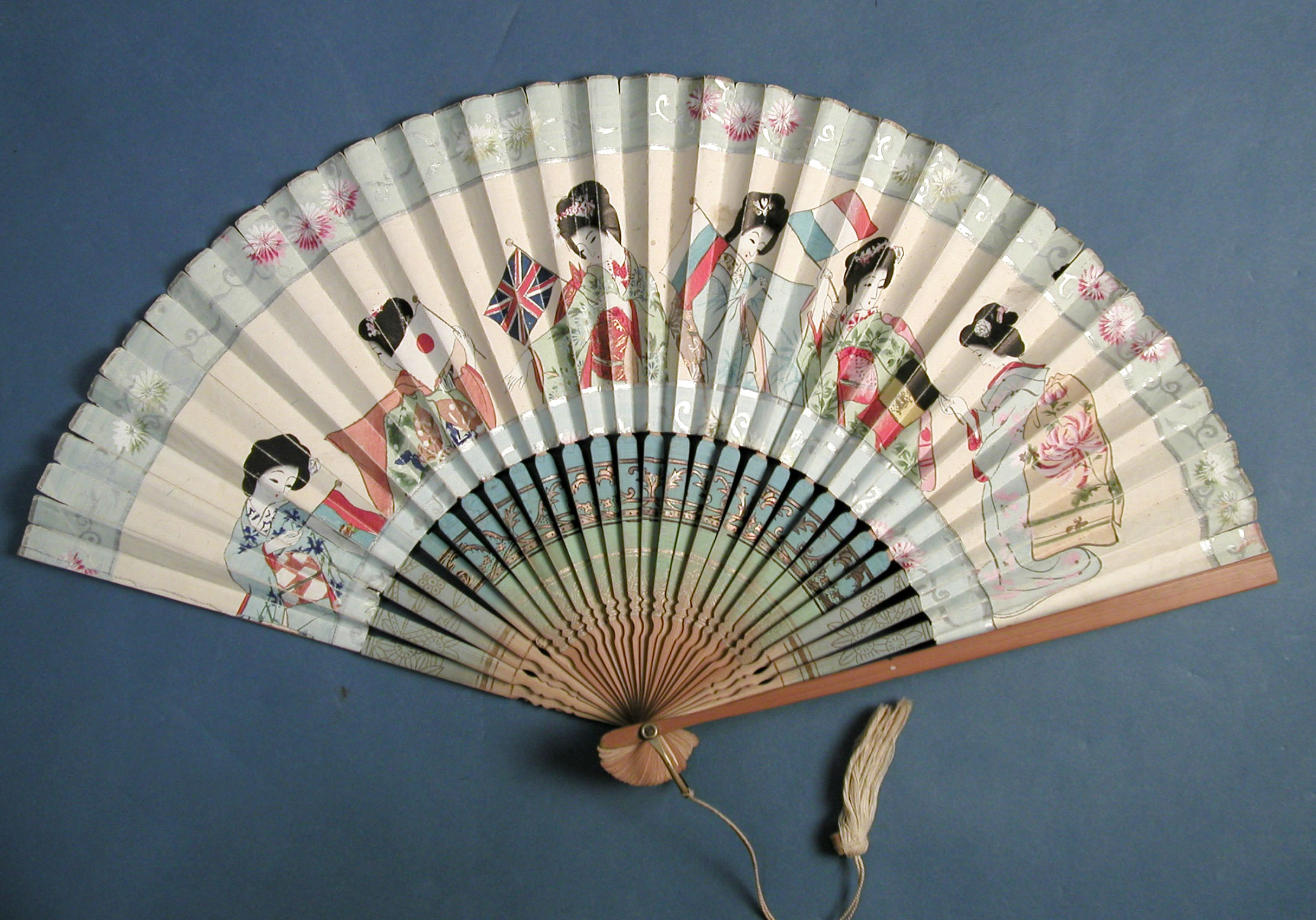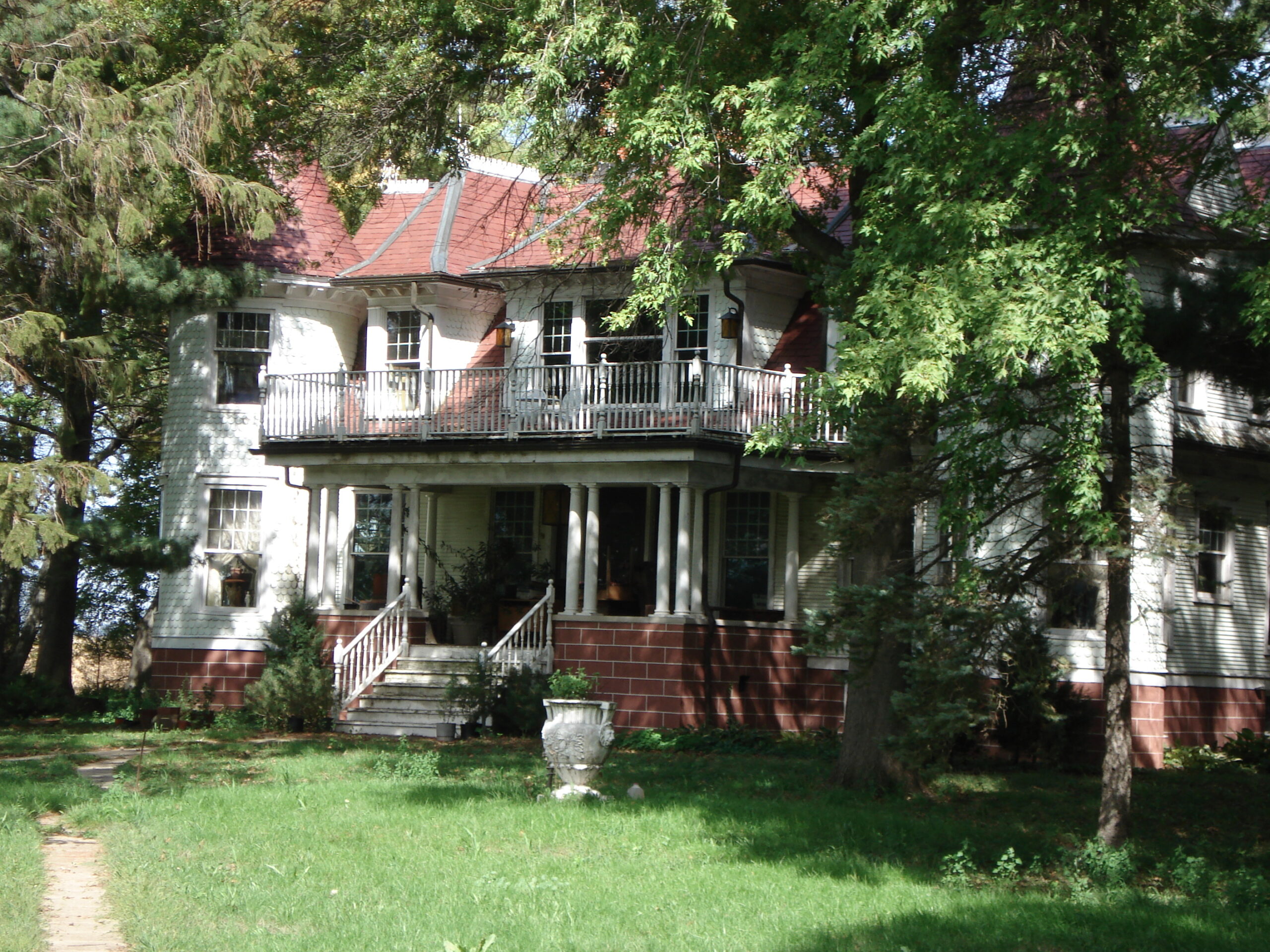
January 18, 2004
(Over)explaining Design
The premature release (noted by Bill Drenttel below) of Michael Arad and Peter Walker’s World Trade Center memorial design sans explanation, for one day at least, was refreshing. It’s worthy to make design more understandable — this site is dedicated, among other things, to doing just that — but in the end it must speak for itself. At the WTC site, the amount of rationalization has been dizzying. Have we gotten too good at it?
Daniel Libeskind is a great architect but may be almost too great an explainer. Every aspect of his master plan for the World Trade Center site comes bundled with newly-minted brand names (Freedom Tower, Memory Foundations, The Wedge of Light) and each of those names carry their own built-in metaphors. At his Jewish Museum in Berlin, his design intentions are permanently displayed not only in the built work (which is stunning) but also in the interpretive panels that guide the visitors (which are oppressively intrusive).
In his terrific new book about the building of Rockefeller Center, Great Fortune, Daniel Okrent introduces us to Hartley Burr Alexander, a University of Nebraska teacher who enjoyed a vogue in the first part of the twentieth century as a “thematic engineer.” Alexander was hired by architects to create metaphoric outlines for artists commissioned to create site-specific works, for instance the muralists at Radio City Music Hall.
Okrent quotes “an almost random selection” from Alexander’s “Thematic Synopsis” for Rockefeller Center to give us a sense of what passed for a design brief in the early thirties:
These great symbols should be like silver crests rising above one another in a challenging sweep…the STEALING OF THE CORN MAIDENS lured away by the Flute Musician to the Cavern of Mist and Cloud, the entrance to which is a Rainbow arch. There they are concealed beneath the wings of flying birds until the Sun Hero dates his rays through the mists, discovers and frees them, to return dancing to the fields…
Okrent calls Alexander’s work “both solemn and breathless,” “lunatic” and “more Martian than human.” I wonder, however, whether we’re making a return to this sort of thing. For instance, I’m not that sure it’s that far a walk from Alexander’s “Cavern of Mist and Cloud” to Liebeskind’s “Wedge of Light.”
As a working designer, I know well how hard it can be to enlist enthusiastic support on the long road to realizing any design project. And in that regard I have to confess I was nearly awestruck by the ingenuity of making the WTC’s Freedom Tower exactly 1776 feet tall, which effectively makes any modification a challenge not to design integrity but to patriotism itself.
I wonder, though, whether this facile manipulation of words and metaphors will in the end blunt authentic experience. God knows, the WTC site is hardly neutral: there was nothing abstract about what happened on September 11th, 2001. But what strikes me about Bill’s juxtaposition of the WTC memorial space and James Turrell’s Hover is not their formal similarity, but the freedom we have to understand a purely artistic space on our own terms, unburdened by overexplanation.
Observed
View all
Observed
By Michael Bierut
Related Posts

Business
Kim Devall|Essays
The most disruptive thing a brand can do is be human

AI Observer
Lee Moreau|Critique
The Wizards of AI are sad and lonely men

Business
Louisa Eunice|Essays
The afterlife of souvenirs: what survives between culture and commerce?

Architecture
Bruce Miller|Essays
A haunting on the prairie
Related Posts

Business
Kim Devall|Essays
The most disruptive thing a brand can do is be human

AI Observer
Lee Moreau|Critique
The Wizards of AI are sad and lonely men

Business
Louisa Eunice|Essays
The afterlife of souvenirs: what survives between culture and commerce?

Architecture
Bruce Miller|Essays
